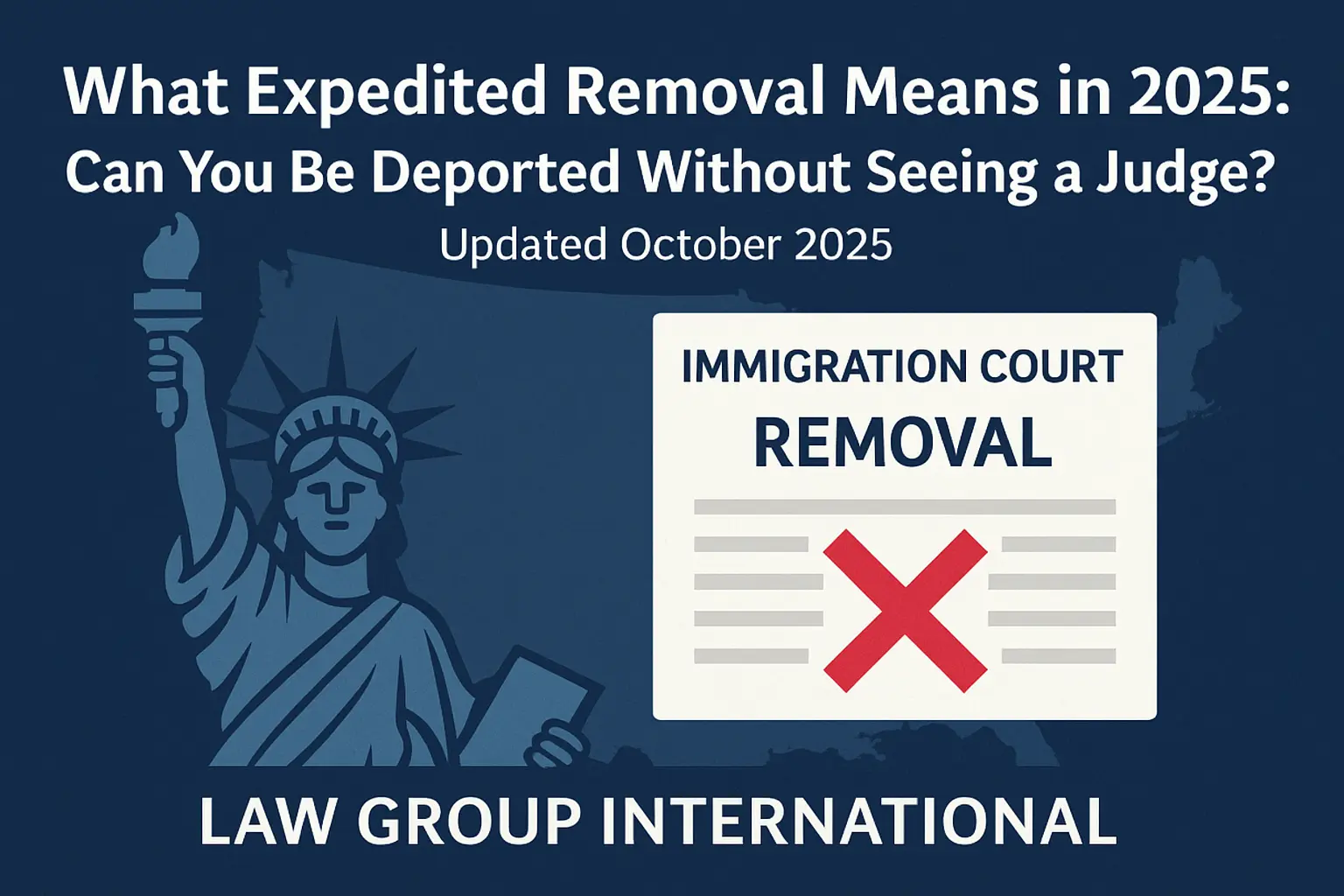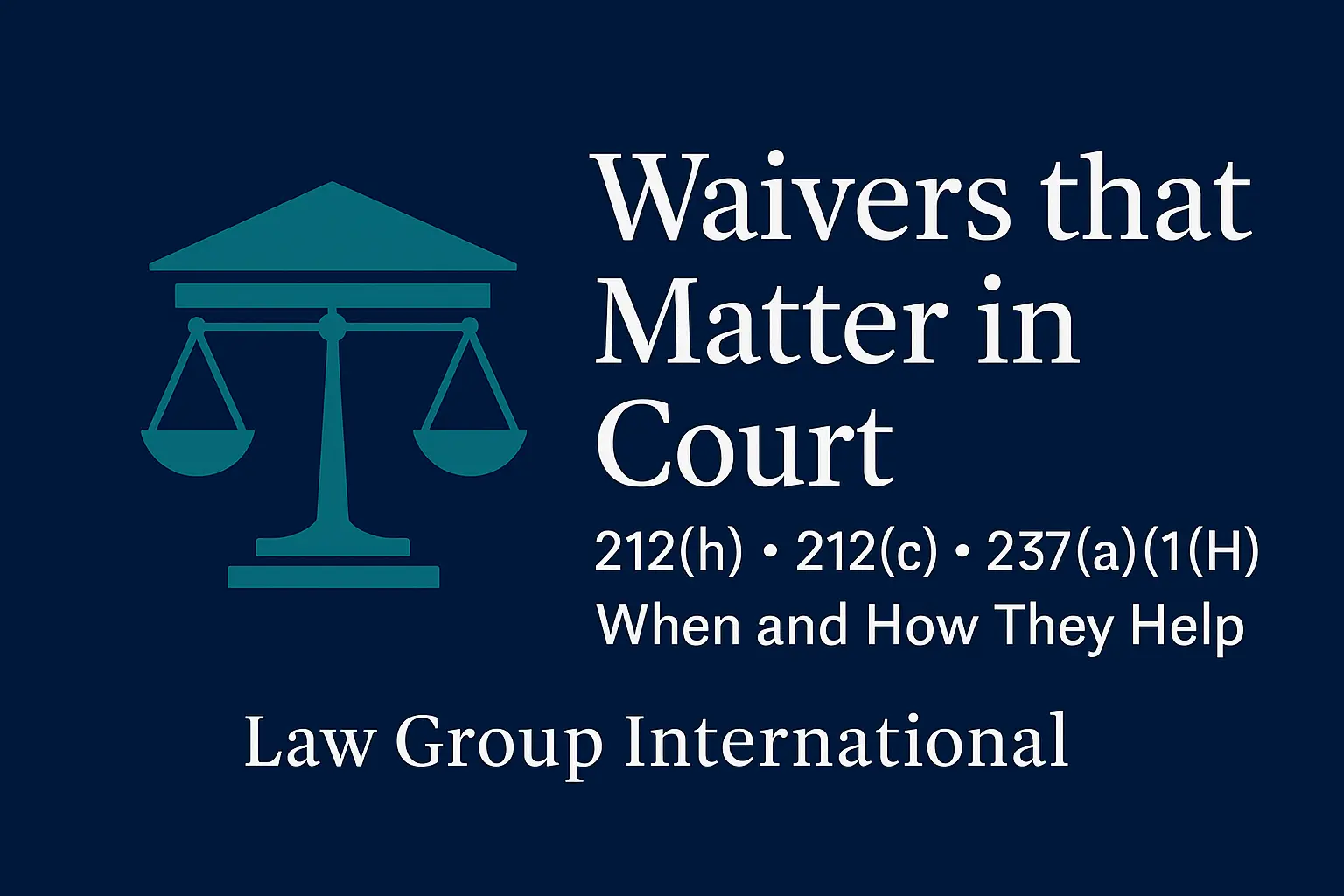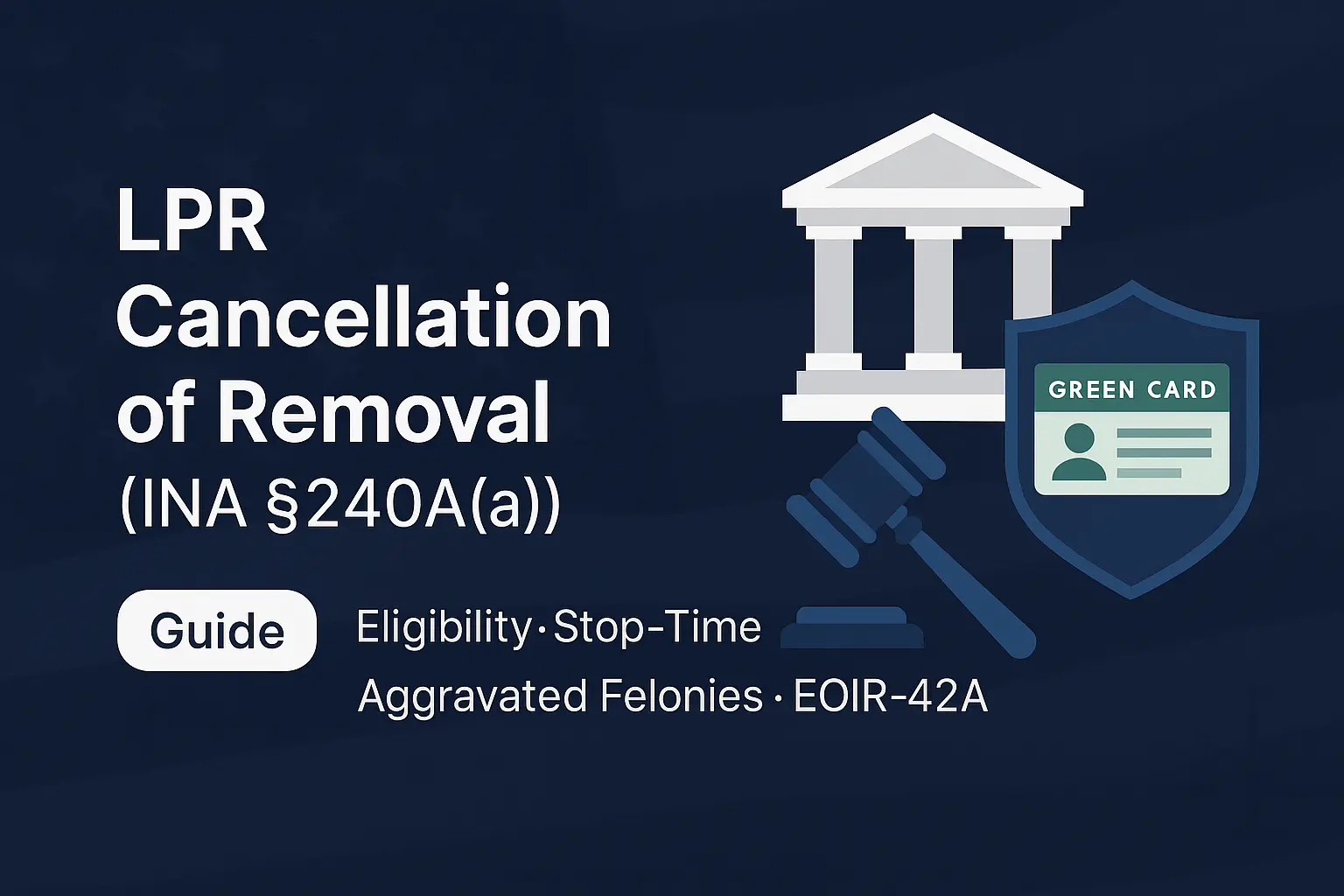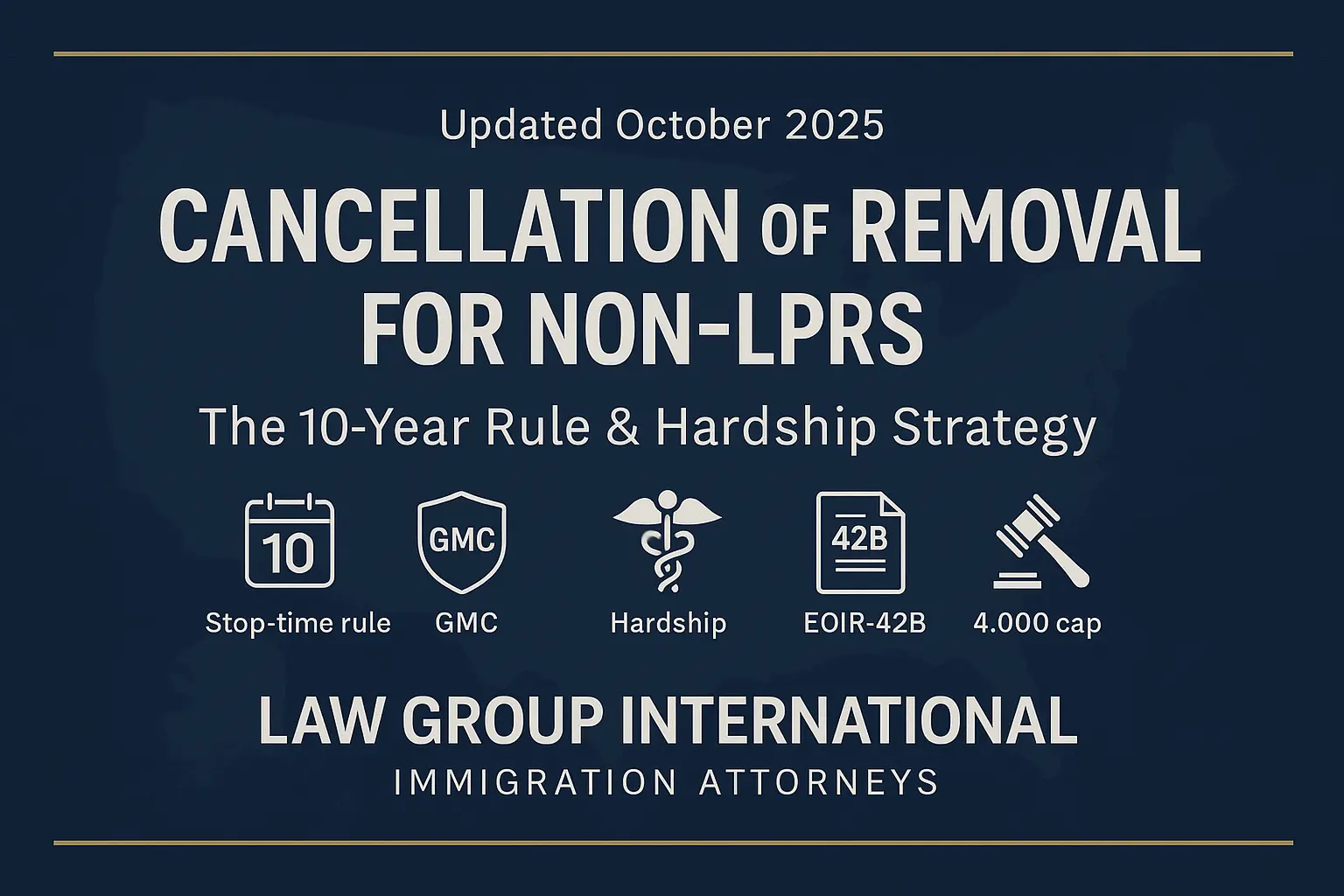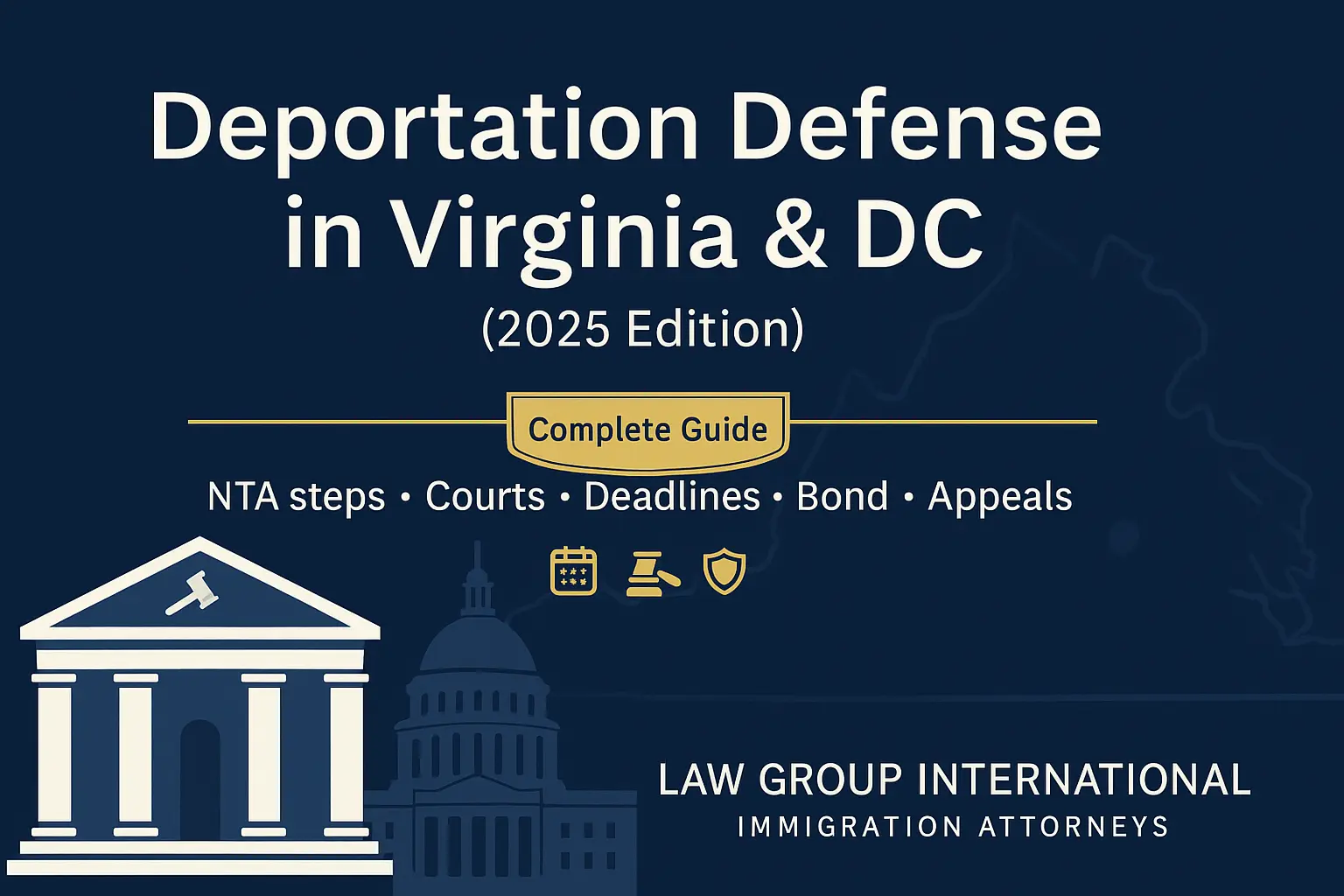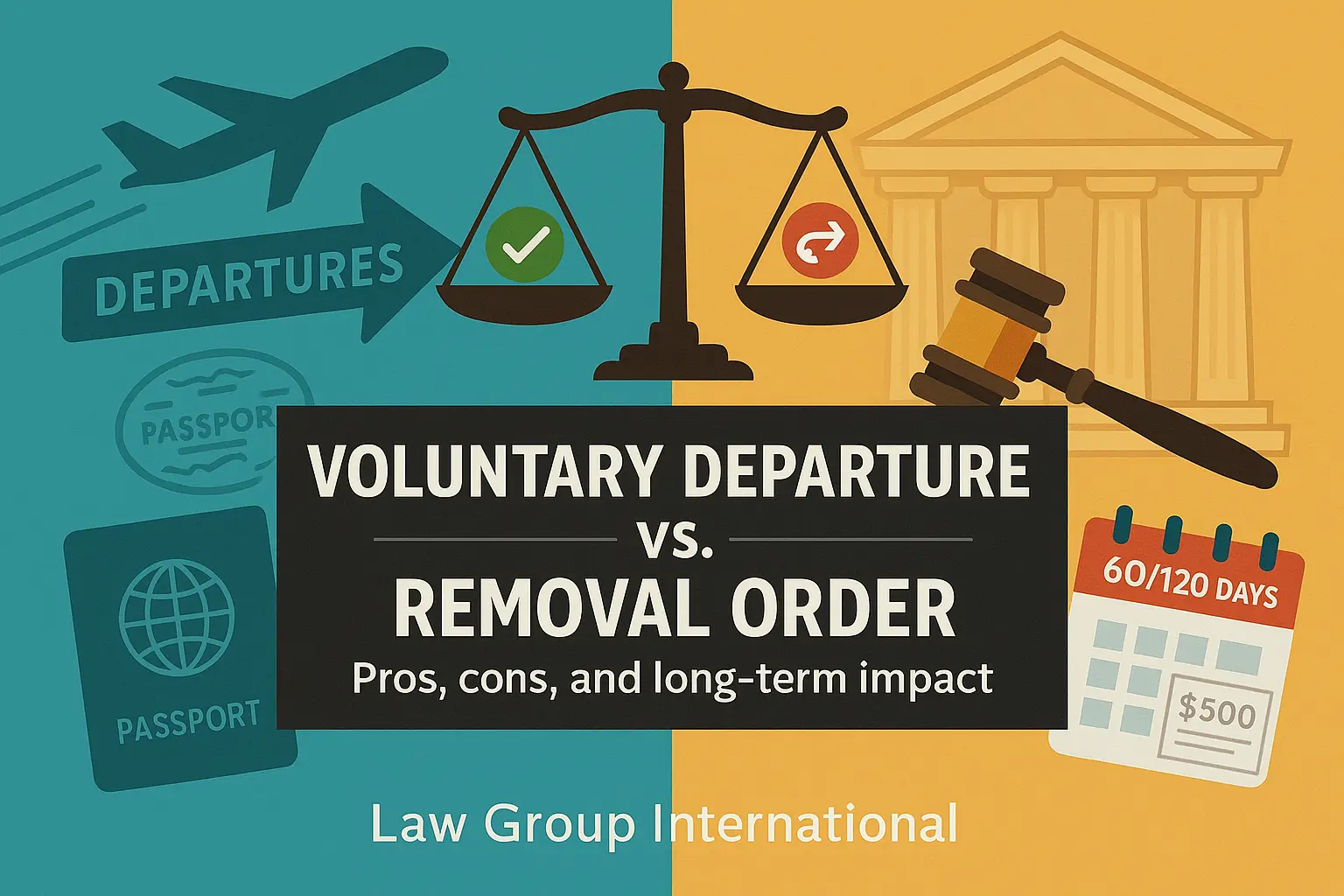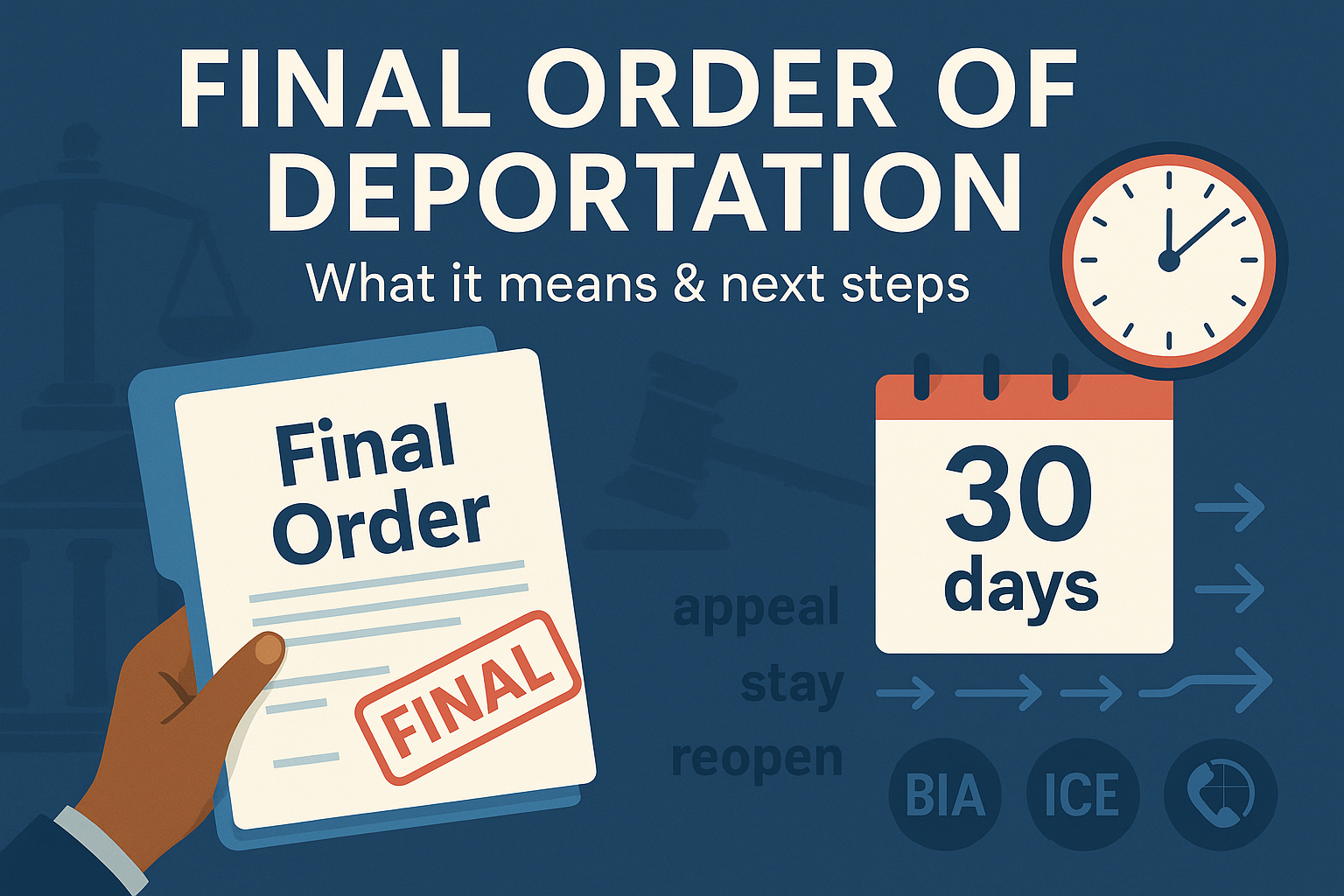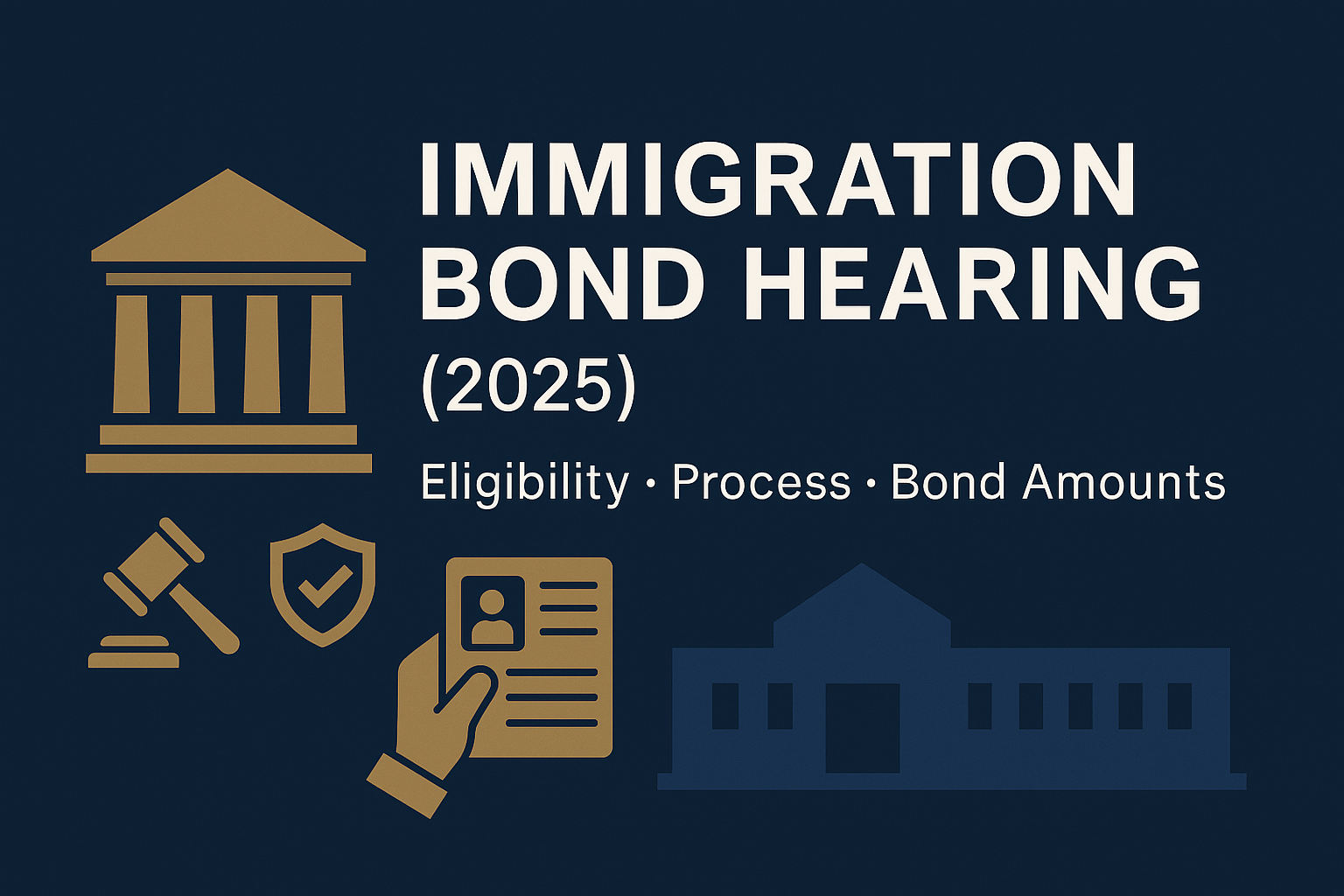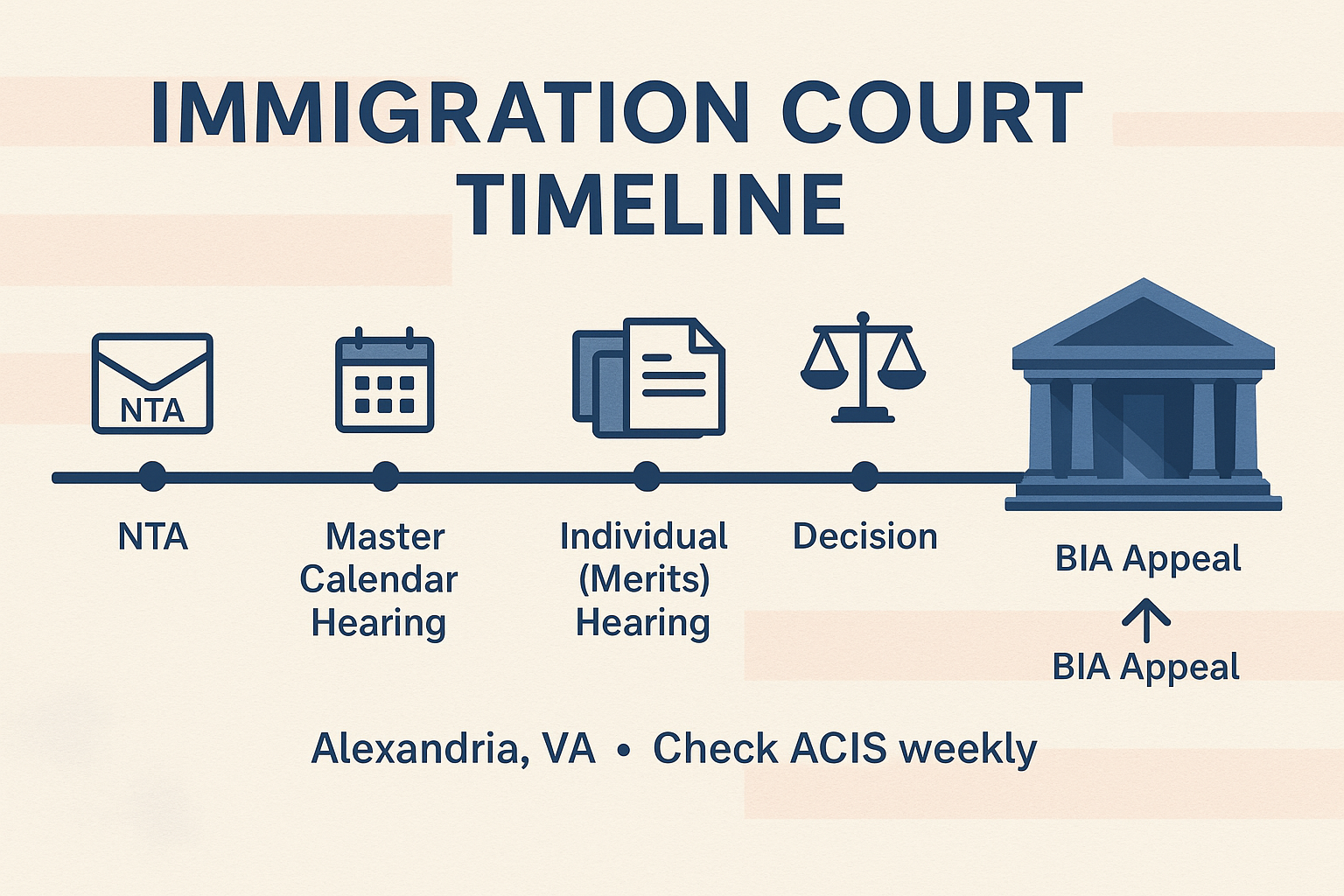Merits Hearings in Immigration Court: Evidence, Testimony, and Winning Themes
Key Facts You Must Know
- A merits hearing (also called an individual hearing) is your trial on immigration relief such as asylum, cancellation of removal, or CAT.
- You must file exhibits and witness lists on time. Usually at least 30 days before your hearing if you are represented and not detained. Responses are typically due 10 days after receipt.
- The judge decides which evidence to admit and how much weight to give it. Immigration court rules are more flexible than federal courts.
- Success depends on: a clear case theme, well-organized exhibits, credible testimony, and professional courtroom behavior.
- If denied, you can file a BIA appeal within 30 days.
What a Merits Hearing Is (and Isn’t)
A merits hearing in immigration court is not the same as your Master Calendar Hearing. While the Master Calendar is procedural, the merits hearing is where your full case is heard.
At this stage:
- Your attorney (or you, if unrepresented) presents your case.
- You and any witnesses testify under oath.
- DHS attorneys present evidence and may cross-examine.
- An interpreter is provided if requested in advance.
Think of it as your trial day: the moment where the judge decides whether you qualify for relief or face removal.
Deadlines That Matter (Put These on Your Calendar)
| Filing Item | Deadline (Non-Detained, Represented) | Notes |
| Exhibits & witness list | ≥ 30 days before hearing | Exceptions for rebuttal only |
| Responses to filings | 10 days after receipt (not mailing) | EOIR uses “receipt rule” |
| Pre-hearing briefs | When ordered, or if strategically useful | Focus issues for the judge |
Detained timelines are faster and set by the court. Always confirm deadlines on your immigration court timeline.
The Exhibit Package Blueprint (Court-Friendly Formatting)
A strong exhibit packet follows EOIR standards so it scans easily into the court’s system (eROP):
- Cover page: with case caption, A-number, and hearing date.
- Table of contents: list exhibits in order.
- Tabbed exhibits: A, B, C… with bottom-right page numbers.
- Proof of service: showing you served DHS.
- Translations: certified under 8 C.F.R. § 1003.33.
Pro tip: Use alphabet tabs and continuous pagination across the whole packet. Judges appreciate clear organization.
Witness Lists and Experts (with a Sample)
Your witness list must include:
- Full name and A-number (if any)
- Summary of testimony
- Estimated time required
- Language spoken
- CV or resumé if expert
Sample expert entry:
Dr. María López, PhD (country-conditions): 25 minutes; Spanish; will explain recent human-rights trends targeting X group; CV attached (Ex. G).
Remote or video testimony requires advance permission. Request it early at your Master Calendar Hearing or by written motion.
Building Your Evidence Set: What to Include
- Country-conditions evidence: Reports from credible sources (e.g., Human Rights Watch, UNHCR). Always cite the full source.
- Expert declarations: Limit scope to facts: experts support, but they don’t decide credibility.
- Personal records: Identity, residence, family ties, medical/psychological evaluations, police/court documents.
- Translations: Must always include certification of accuracy and translator competency.
Direct & Cross: How to Testify Like a Pro
- Direct examination: Tell your story in order. Give concrete details. Don’t rush. Speak clearly so the interpreter can finish.
- Cross-examination: Stay calm. Correct mistakes briefly. Don’t argue. Ask for clarification if confused. Your attorney can object when appropriate.
- Closing: Re-state your main theme. Cite your exhibits by tab and page. Ask directly for the relief you seek.
Credibility: What Judges Actually Look For
Judges look at the totality of the circumstances:
- Your demeanor in court
- Consistency across statements and documents
- Detail and plausibility of your story
- Corroboration through documents and witnesses
There is no presumption of credibility in immigration court. You carry the burden of proof. Align your timeline across your NTA, asylum application (I-589), medical records, and past interviews. Be honest about memory gaps.
Judge-Preference Hygiene
Every immigration judge has their style, but universal rules apply:
- Follow scheduling orders exactly (page limits, exhibit tabs, formatting).
- Bring required copies if ordered.
- Respect your time estimate; don’t run over.
- Test Webex links and audio if your hearing is online.
- Narrow issues in advance, sometimes a pre-hearing brief is the best way to focus the judge’s attention.
Objections & Tricky Evidence
- Relevance & materiality: Standard under 8 C.F.R. § 1240.7(a).
- Hearsay: Admissible in immigration court, but argue weight, not exclusion.
- Government records: Challenge reliability if documents (like I-213s) are inaccurate or coerced.
Winning Themes by Form of Relief
- Asylum / Withholding / CAT: Connect your story to a protected ground. Use country-conditions and expert testimony to support. Explain delays or travel routes honestly.
- Cancellation of Removal (non-LPR): Show 10 years’ residence, good moral character, and hardship to qualifying relatives. Prove daily caregiving, medical needs, and financial dependence.
- Adjustment / Waivers: Show you meet eligibility and demonstrate that positive equities outweigh any negatives. Highlight rehabilitation and community support.
Day-of Checklist
- Arrive 30–45 minutes early (or test Webex link ahead of time).
- Bring valid ID and originals of key documents.
- Confirm interpreter and witness attendance.
- Have organized exhibit packet and backup copies.
- Bring essentials (water, medication list, tissues).
If detained, confirm with the facility that exhibits were delivered to court ahead of time. Bond issues are handled separately, see our guide on bond hearings.
After the Decision: Next Steps
The judge may give a decision orally at the end of the hearing or in writing later. If denied:
- You can appeal to the Board of Immigration Appeals (BIA) within 30 days using Form EOIR-26.
- Consider a motion to reopen if new evidence emerges.
- Ask your lawyer about stays of removal while the appeal is pending.
FAQs – Merits Hearings in Immigration Court
How early must I file exhibits?
At least 30 days before the hearing if you are represented and not detained.
Do I need certified translations?
Yes. All non-English documents must include a certification of accuracy and translator competency.
Can my expert testify by phone or video?
Only if the immigration judge grants permission and you requested it in advance.
Are rules of evidence the same as federal court?
No. Immigration courts admit more evidence. The real question is how much weight the judge gives it.
Get Help With Your Merits Hearing
Your merits (individual) hearing may be the most important day in your immigration case. Preparation is everything.
At Law Group International, we guide clients through every step of the process:
- Building exhibit packets that meet EOIR standards
- Preparing witnesses and expert testimony
- Practicing credibility and cross-examination strategies
- Representing clients before Alexandria, Annandale, and courts nationwide
Visit our Deportation Defense Service to schedule a confidential consultation today.
Explore More Immigration Topics
What expedited removal means
November 19, 2025
Waivers that Matter in Court
November 11, 2025
Cancellation of Removal for LPRs
October 28, 2025
Cancellation of Removal for Non-LPRs
October 19, 2025
Deportation Defense in Virginia & DC: Complete Guide
October 17, 2025
Voluntary Departure vs. Removal Order
October 7, 2025
What Is a Final Order of Deportation?
October 2, 2025
Immigration Court Timeline: From NTA to Appeal
September 24, 2025


